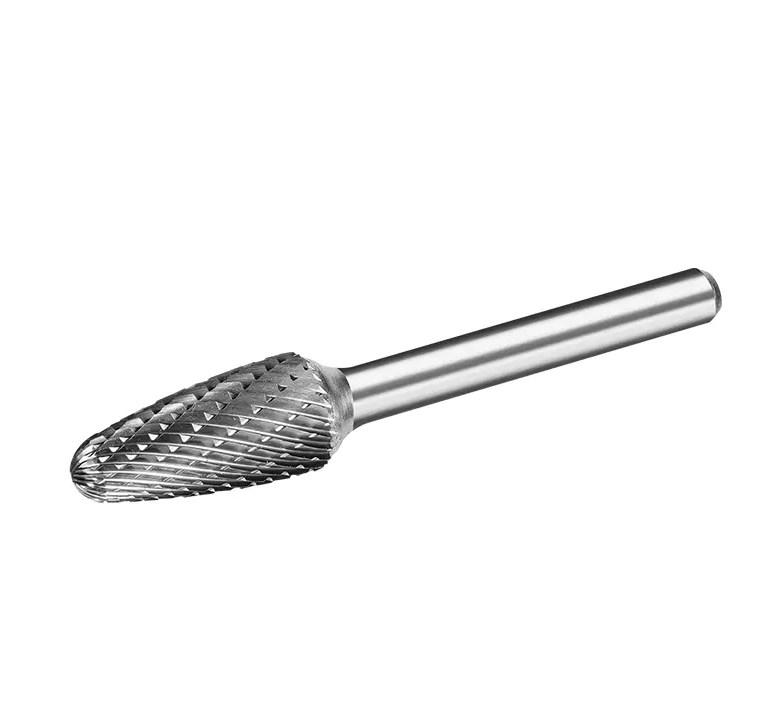Carbide Rotary Burs are indispensable tools in a multitude of industries, from dental procedures to precision engineering, due to their ability to cut and shape hard materials with precision. However, the very nature of these tools, which involves high-speed rotation and contact with abrasive materials, also presents certain safety challenges. The following article will delve into the measures that must be taken to ensure the safe use of Carbide Rotary Burs, highlighting the importance of adhering to safety protocols to prevent accidents and injuries.
The safety of Carbide Rotary Burs begins with the selection of the appropriate tool for the task at hand. Each bur is designed for specific materials and applications, and using the wrong bur can lead to breakage, reduced performance, or even injury. Ensuring that the chosen Carbide Rotary Bur is suitable for the intended use is the first step in maintaining safety.
Proper installation of the Carbide Rotary Bur is also crucial. A bur that is not securely attached to its handle or machine can become loose during operation, potentially leading to it being ejected at high speed, which poses a significant risk to the operator and those nearby. It is imperative that the bur is tightened according to the manufacturer's specifications and that regular checks are conducted to ensure it remains secure.
Understanding the operating speed of Carbide Rotary Burs is another key aspect of safety. Each bur has a recommended maximum speed, which should not be exceeded. Operating a bur at excessive speeds can cause it to overheat, fracture, or create excessive vibration, all of which can compromise safety. Ensuring that the bur is used within the specified speed range is essential to prevent accidents.
Personal protective equipment (PPE) is a must when working with Carbide Rotary Burs. Safety glasses or goggles should always be worn to protect the eyes from flying debris. Hearing protection may also be necessary, especially in environments where the burs are used for extended periods. Additionally, a dust mask or respirator can help prevent the inhalation of airborne particles, which can be hazardous to health.
Maintaining a clear workspace is also part of the safety protocol when using Carbide Rotary Burs. Clutter and obstructions can lead to accidents, so it is important to keep the area around the work station tidy and free from unnecessary items. This also includes ensuring that the workpiece is securely clamped or held in place to prevent it from moving during the cutting process.
Regular inspection and maintenance of Carbide Rotary Burs are crucial for safety. Examining the bur for any signs of wear, such as a dull edge or cracks, can help prevent tool failure during operation. Dull burs should be replaced or sharpened as needed, and any damaged burs should be discarded immediately.
Training and education on the safe use of Carbide Rotary Burs are essential for anyone who will be operating these tools. Understanding the proper techniques for using the burs, as well as the common hazards associated with their use, can help operators work more safely and effectively. This includes knowing how to handle the burs, how to change them safely, and what to do in case of an emergency.
In conclusion, ensuring the safe use of Carbide Rotary Burs involves a combination of selecting the right tool, proper installation, adherence to speed recommendations, use of personal protective equipment, maintaining a clear workspace, regular inspection and maintenance, and ongoing training. By implementing these safety measures, operators can greatly reduce the risk of accidents and injuries, allowing them to focus on the quality and efficiency of their work.
